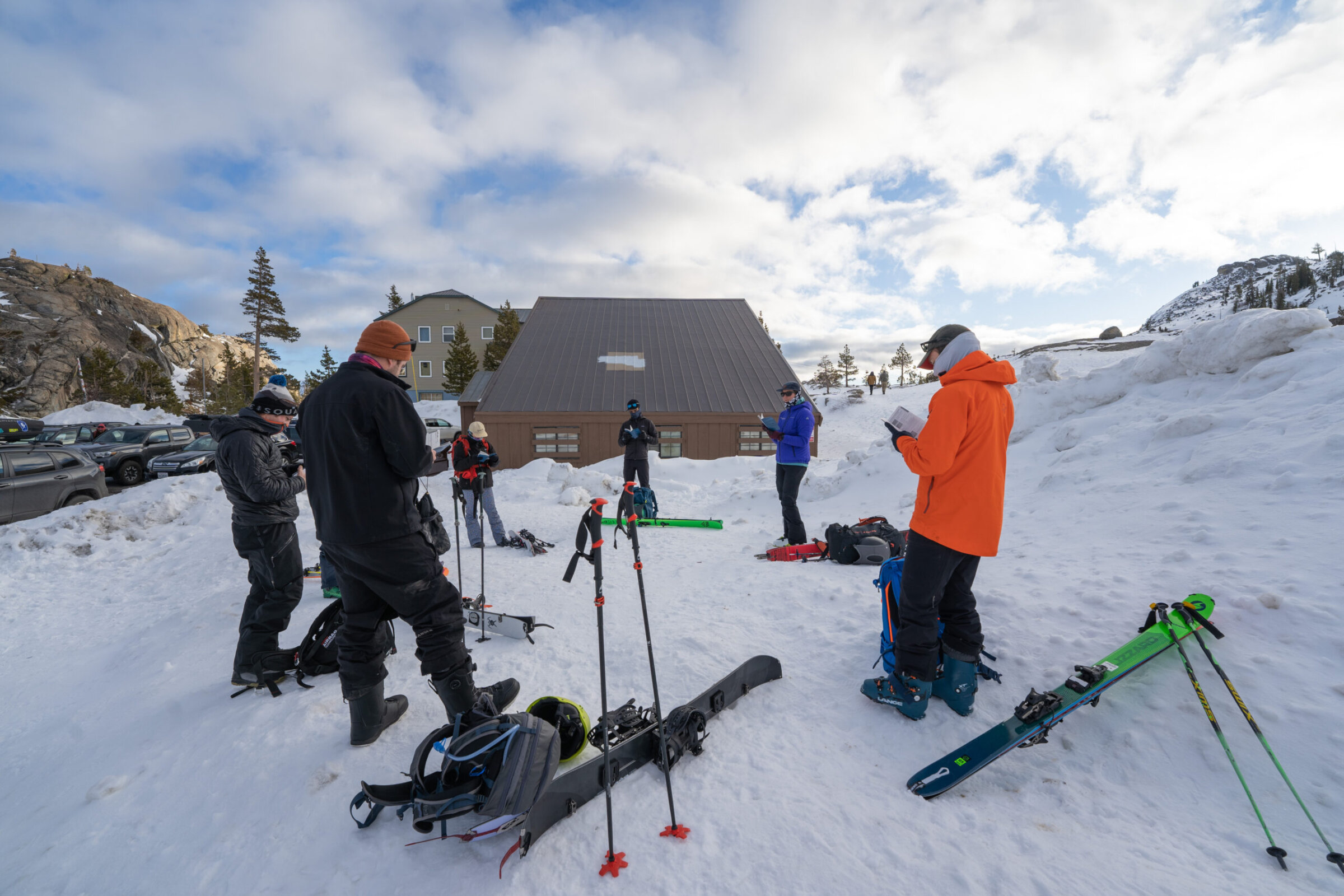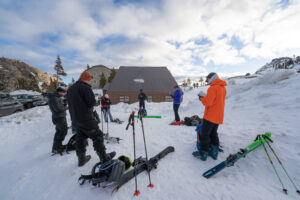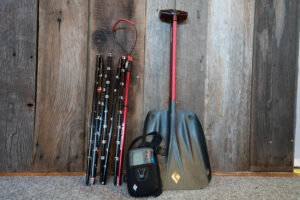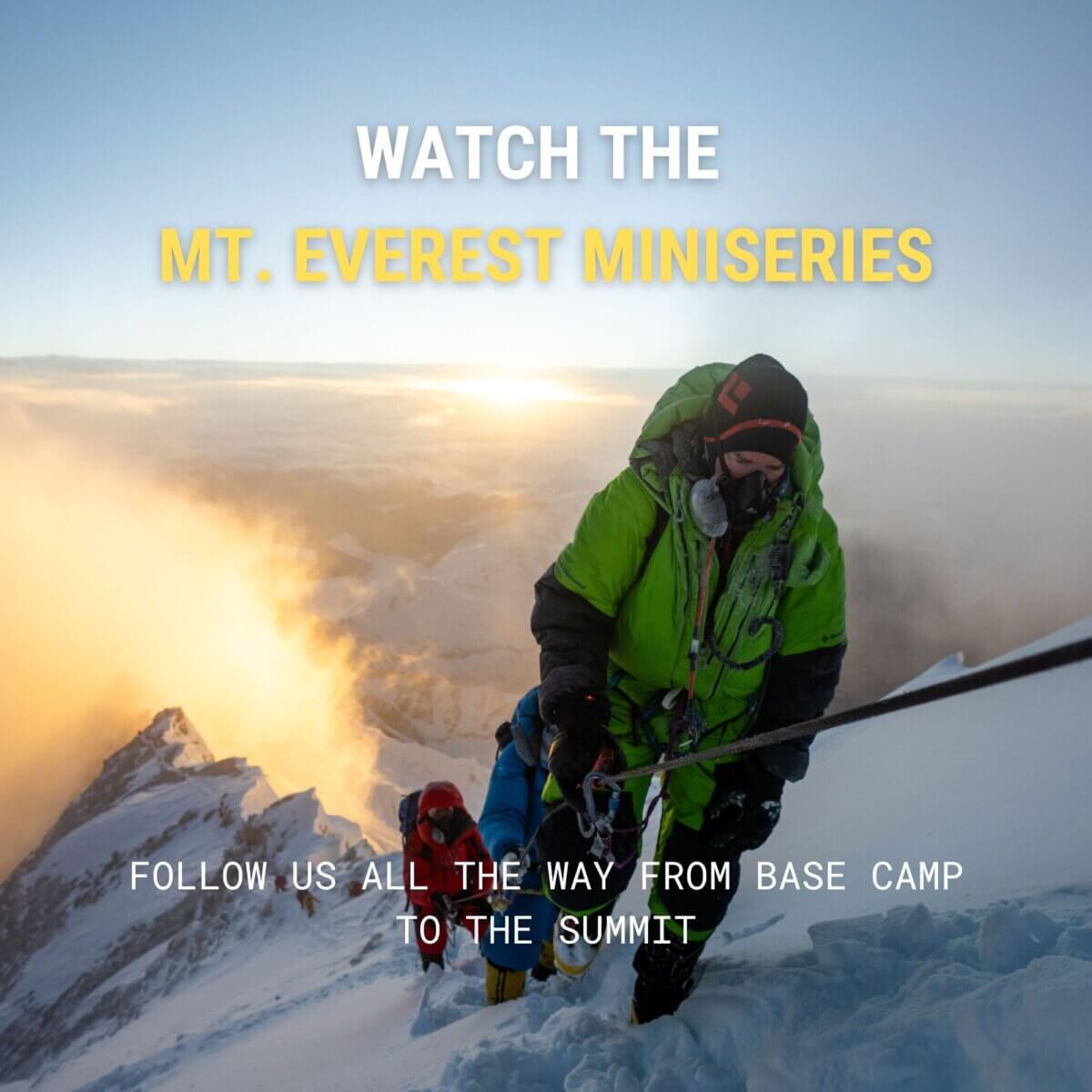Beginner’s Guide to the Backcountry


Fresh powder. Untracked terrain. Ditching the lift line. Endless opportunity for adventure.
Does this sound like something you’ve been dreaming of? If so, then it’s time to start thinking about heading into the backcountry. Going past the boundaries of the ski resort opens up a whole new world of possibilities for skiers and riders, adding an extra dash of adrenaline and escapade to invigorate your overall experience and absorb all the landscape has to offer in a whole new method.
However, it’s extremely important that before we exchange the slog from the parking lot for skin tracks and epic views, we become educated on what it takes to travel safely and responsibly in the backcountry.
Here’s how to get started:
1. Take a Backcountry 1.0 course: Alpenglow Expeditions offers a one-day Backcountry 1.0 course designed to get you ready for the nuance and fundamentals of backcountry travel and uphill movement. Learn how to properly use your touring gear and get away from the resort crowds under the supervision of our certified instructors. This is the ideal first step before taking an avalanche safety course.
2. Take an avalanche safety course: While many avalanche centers around the country offer free courses that cover the basics, any terrain beyond the boundaries of the ski resort—whether you hike in, snowshoe, enter through the sidecountry, skin up the slopes, or drop in via helicopter—is considered the backcountry (avalanches can happen inbounds as well, and many wear beacons in the resort in high-risk conditions). As such, terrain can be extremely varied, and it’s best to be thorough in your safety skills and education. Alpenglow Expeditions offers an array of formal avalanche courses through AIARE (American Institute for Avalanche Research and Education) taught by qualified instructors to prepare you for anything from local tours to ski expeditions in the big mountains.
3. Be prepared with the right knowledge, gear, skills, and fitness: After taking an avalanche safety course, it’s important to be sure that you’re prepped with the right equipment to safely travel in the backcountry. Essential safety gear includes an avalanche beacon, a shovel, and a probe. Proper use of this gear should be covered in your formal avalanche training. In terms of skills and fitness, aspiring backcountry travelers should be confident in their abilities to travel uphill for extended periods of time and ski/ride down off-piste/ungroomed terrain in variable conditions . Beyond the safety gear, anyone wishing to travel uphill will have to utilize skis with touring bindings and skins. If you’re a snowboarder, consider a splitboard.
 4. Organize your first backcountry trip: Assemble your crew, check local weather and avalanche forecasts, and use the web, guidebooks, and maps to plan your first outing.
4. Organize your first backcountry trip: Assemble your crew, check local weather and avalanche forecasts, and use the web, guidebooks, and maps to plan your first outing.
Still unsure of your abilities to travel safely in the backcountry? If you doubt your skills, or even if you’re on the fence, it’s always best to hire a guide. Alpenglow Expeditions offers everything you need to get ready to tackle the near-limitless side- and backcountry terrain that Lake Tahoe has to offer. Whether you’re new to backcountry travel, familiar with the concepts but lack experience, or a seasoned backcountry enthusiast looking to elevate your craft to bigger and bolder objectives, Alpenglow is ready to guide you on your journey. Our guides and courses adhere to the highest standards of professional education in the world, and we’re proud to take part in educating the next generation of backcountry travelers.
For information on any of our other courses or backcountry guiding, check out our website. For any questions call our office at 877-873-5376 or send us an email info@alpenglowexpeditions.com. We hope to ski & ride with you soon and look forward to educating our community this winter.
